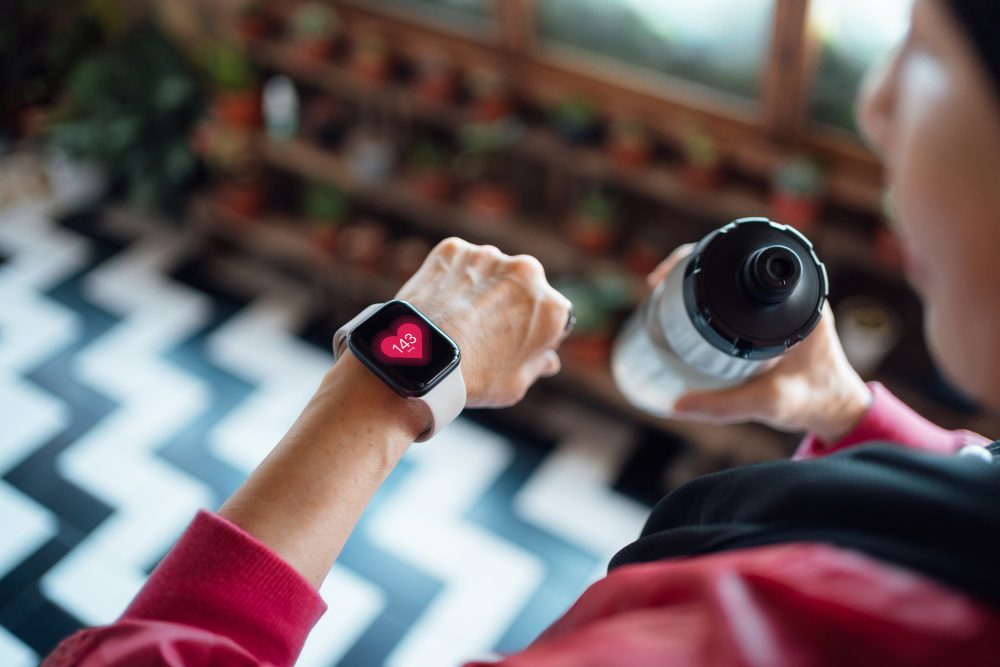Physical fitness devices from major companies like Google, Apple, Fitbit, and Nike can now be used for more than tracking workouts. Healthcare professionals can use them to track their patients’ heart rates and other health metrics. These devices were especially helpful during the COVID-19 pandemic when providers could track their patient’s wellness via telemedicine.
Johns Hopkins Medicine supports these claims that the data from wearable watches can be used to treat patients. The team conducted a study on 22 patients with pulmonary arterial hypertension (PAH) with activity trackers. The study found that found a patient’s step count and heart rate correlated to a special blood biomarker that is used to assess the risk of heart failure. Based on these initial findings, doctors at Johns Hopkins revealed that “activity tracker-measured health parameters could serve as proxies for clinically measured health parameters of patients with chronic disease.” The data could be used to help determine if some patients will need additional medical care.
The possibilities are endless for medical innovation. The technology used to develop smart bands has already been essential in creating other devices that can detect heart irregularities, temperature, posture, and more. Smart watches and other fitness bands can monitor heart health, manage diabetes, provide medication reminders, and help with sleep.
The product outlook for the Wearable Medical Device Market includes diagnostic and therapeutic devices. Diagnostic devices can monitor vitals, neurologic functions, sleep, and fetal/obstetric patterns. Therapeutic devices can offer pain management solutions, glucose/insulin management, respiratory therapy, and more.
In the next decade, wearable devices are expected to skyrocket in demand, especially in the medical field. A study by Grand View Research, Inc. revealed that the Global Wearable Medical Device Market is growing rapidly and will reach nearly $170 million by 2030. The home care market is growing, and with telemedicine and remote monitoring, less time can be spent in hospitals that are overcrowded with long wait times. Healthcare workers can have some weight taken off their shoulders, and patients can gain freedom away from hospitals and can have more insight into their health.















